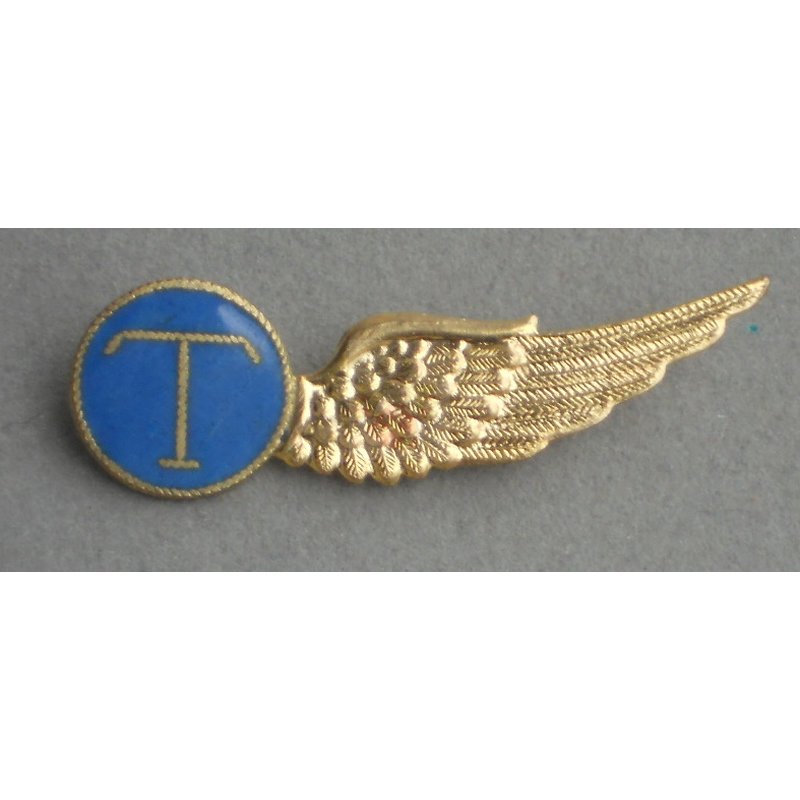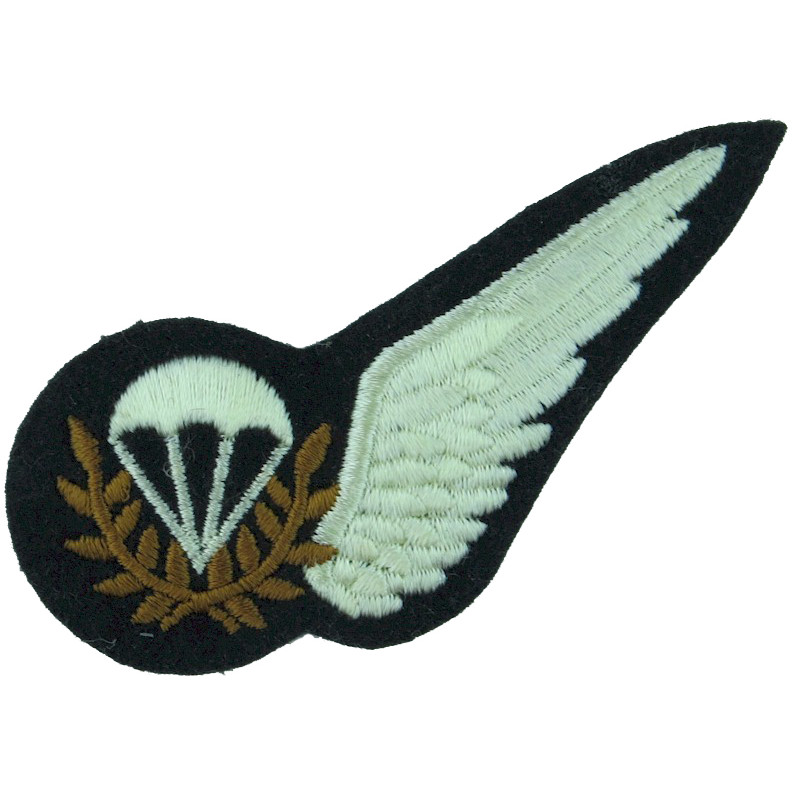


Both forms of brevet were embroidered in white silk for the wings, and bronze silk for the laurels from which they emanated. These took the form of either two outstretched bird’s wings for a pilot or a single wing denoting non-pilot roles in multi-person aircraft. (Source: © IWM (INS 7330))įollowing the traditions of the RFC, the RAF recognised individual aircrew roles through brevet patches worn on the service dress and war service dress jackets’ left breast. An example of a pilot’s ‘wings’ brevet as used during the Second World War. However, the ‘wings’ brevets were foremost among these symbols, coming to represent not just individual aviators, but the service as a whole. Indeed, their recognition often transcended the uniforms to which they were irrevocably attached in reality - virtually every piece of uniform, insignia, and flying equipment featured in aviators’ propaganda representations. Although an intrinsic component of RAF aviators’ uniforms, ‘wings’ brevets were frequently depicted independently from their associated clothing sets. Much of this recognition is either evidenced in the products, or due to the efforts, of Britain’s propagandists, who frequently included the ‘wings’ brevets in their material. However, it was during the Second World War that – thanks to the RAF’s actions and resulting fame – the recognition of the insignia was catapulted beyond military circles into the wider public. The Royal Air Force (RAF) has used various ‘wings’ brevets as identifying symbols for aircrew since its formation, with hotly-contested political debates within the service over their symbolic value dating back to the time of their introduction by the Royal Flying Corps.


 0 kommentar(er)
0 kommentar(er)
